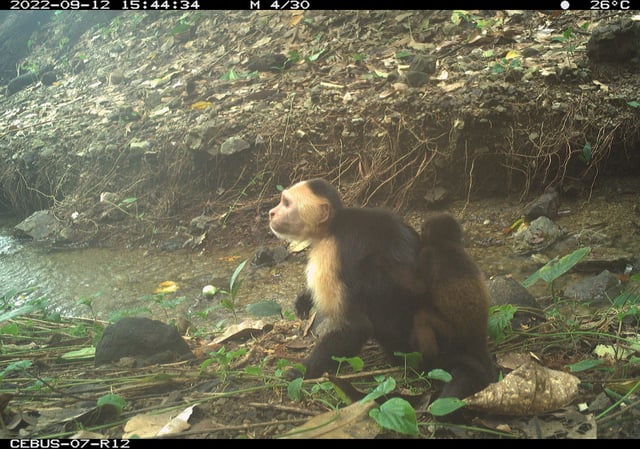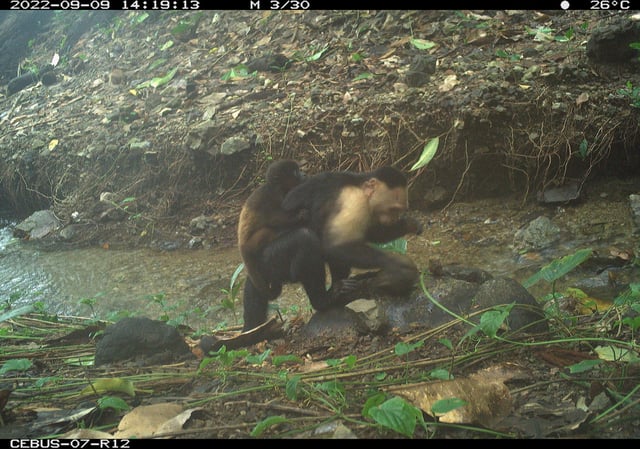Overview
- The behavior, first observed in January 2022, began with a single capuchin nicknamed 'Joker' and spread to four other juvenile males through social learning.
- Over a 15-month period, 11 howler monkey infants, all under four weeks old, were carried by capuchins for up to nine days, resulting in at least four confirmed deaths due to malnourishment.
- Researchers ruled out predation, adoption, or food competition as motivations, suggesting boredom in the predator-free environment of Jicarón Island as a possible driver.
- The findings, published in *Current Biology*, highlight the cultural complexity of capuchins, who are also known for their use of stone tools on the island.
- Conservationists warn that this behavior could threaten the already endangered howler monkey population if it continues to spread or persist.

